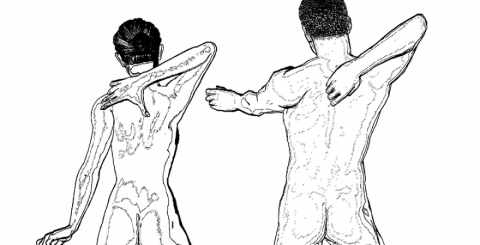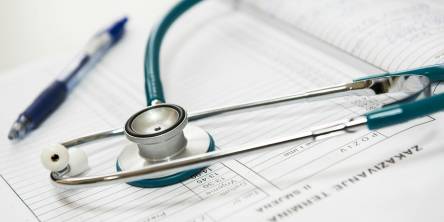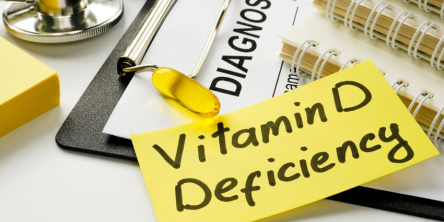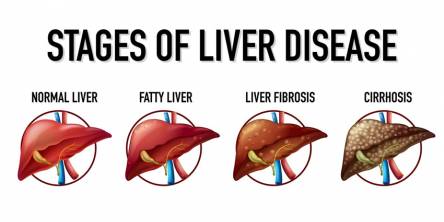Lumbar Stenosis And Pain Management That Works

As you age, your body will go through several changes, including your spine. The aches and pain become more frequent and more intense. We seek home remedy for pain management and have good success in most cases.
But when the pain is here, in the vertebrae can develop arthritis and the intervertebral discs may begin to bulge. And if that doesn’t sound painful enough, the ligamentum flavum, which is the strong ligament connecting the vertebrae’s liminae, may start to buckle. It is the gradual aging of the spine’s structures and leads to the spinal column narrowing, which can cause many other symptoms.
Those changes can take place one-at-a-time alone or in any combination. Either way, you can end up with spinal stenosis. The word stenosis is Greek and is defined as choking. So spinal stenosis is your spine choking and while it is most common for those 50 years or older, it can happen to anyone at any age.
The Facts & The Information
The bulk of cases of spinal stenosis come about in the lower back or lumbar spine. Spondylolisthesis is the misalignment and slippage of the vertebrae, can be a factor in spinal stenosis as well. Achy calves or cramping calves is the most common symptom indicating spinal stenosis. As the condition grows worse, it can become difficult to stand or walk because of the intense leg pain. As the pain becomes more intense, the person suffering from spinal stenosis seeks stronger pain management.
The Symptoms
It is of key importance is to have a thorough understanding of the wide range of symptoms that are associated with spinal stenosis symptoms. Spinal stenosis can develop at any part of the spinal column but is most common in the lumbar area of the spine and next most common is the in the cervical spine or neck area.
The symptoms a patient will develop are dependent upon the location and severity of the condition and will also make the determination of how a doctor will treat it and what kind of pain management is best. The most common symptoms are:
• Aching or Cramping In The calves
• Numbness, Pain, or Tingling From The Lower Back to The Butt and Legs
• Lower Back and Neck Pain
• Cramping, Numbness, Pain, or Tingling In Arms
• Arms and Leg Weakness
The Diagnosis
A pain management doctor that is experienced with spinal stenosis is the best one to provide a proper diagnosis. The pain from spinal stenosis is similar to the pain of other disorders which can cloud making an accurate determination of the source. Getting a proper diagnosis is needed in order for the correct treatment and pain management to be prescribed.
A proper diagnosis will include:
• A Complete Clinical Evaluation
• A Complete Medical History
• An Analysis Of The Symptoms
• A Physical Examination
• Testing Which May Include CT Scans, EMG, MRI, and/or x-rays
From these advanced techniques of diagnosis, it is easier for the pain management doctor to pinpoint the source where the patient’s pain is coming. Then they are better able to prescribe therapy or treatment that will help the most.
Possible Treatments
There are several different types of treatments that a pain management doctor may choose. Here we’ll take a look at one of the four different treatments:
The Epidural Nerve Block
This is the process of a corticosteroid medication being injected into the patient’s back in the spinal column’s epidural space between the dura and the interior surface of the spinal canal which is formed by the vertebrae.
A local anesthetic is applied to the skin that will numb the injection site. Then a spinal needle is inserted while the patient is fluoroscopic, a contrast agent that will help the pain management doctor confirm where the needle is placed. A local anesthetic and a corticosteroid anti-inflammatory are delivered into that epidural space which will shrink the swelling that is around nerve roots and relieve the pain and pressure the patient is feeling.
Similar Articles
The global wellness wave continues to tilt increasingly toward natural, organic, and Ayurvedic options. In 2025, the demand for certified-organic herbal supplements and genuine Ayurvedic formulations is higher than ever.
Indigestion, also known as dyspepsia, is one of the most common digestive complaints affecting people of all ages. It often manifests as bloating, heaviness after meals, burning in the stomach, or discomfort in the upper abdomen.
Imagine this: Lying comfortably inside an airtight chamber and taking deep, cleansing breaths of pure oxygen while your body quietly thanks you for its extra dose of healing power.
Vitamin D, often called the “sunshine vitamin,” is one of the most essential nutrients for overall health. It plays a crucial role in calcium absorption, bone health, immune function, and hormone regulation
Money can buy luxury, but not health. Modern sedentary lifestyles, dominated by screens, minimal physical activity, unhealthy diets, addictions, and stress, are crippling our society with diseases.
The liver is a Vital organ which is responsible for a number of essential functions that include detoxification of harmful substance, metabolising nutrients, production of bile for digestion, regulates blood sugar levels by storing and releasing glucose, synthesis of protein, break down of fats through Beta- oxidation.
In ancient times when there was no professional method of health examination, people usually figured out health problems because of signs on one’s appearance. The change of skin color might be one of the most common signs that show something unusual inside the body.
When looking for help for substance abuse, finding and selecting the right drug rehab facility is a crucial step toward a patient's recovery. While there are plentiful options available, it can be overwhelming for people to choose the best one suited to their individual needs.
Fatty Liver Disease (Steatosis) is a common condition which denotes the excessive accumulation of fat in the liver. The liver is located in the upper right-hand portion of the abdominal cavity on the stomach, kidney and intestines. The liver is the major metabolic organ which is found in vertebrate animals









